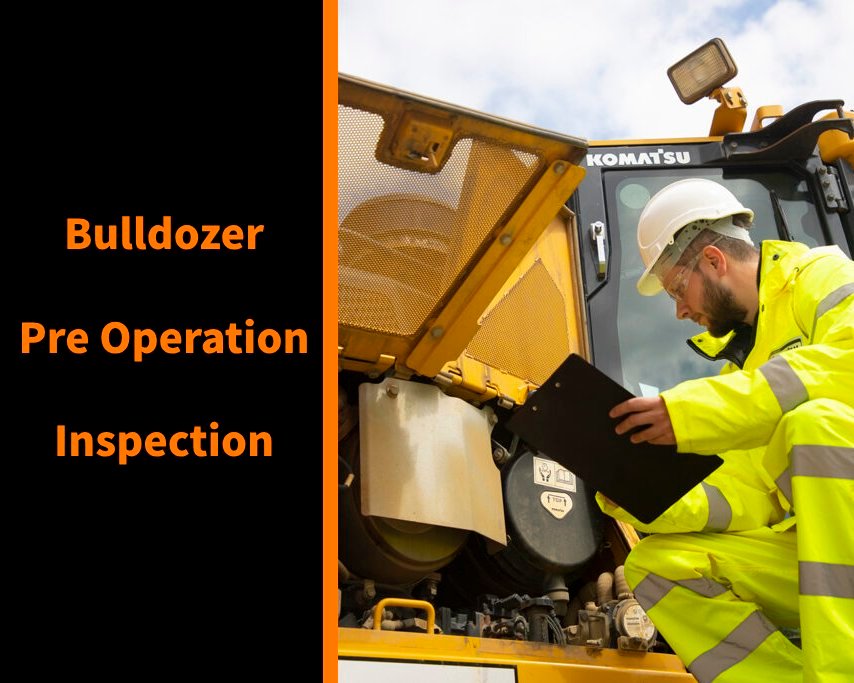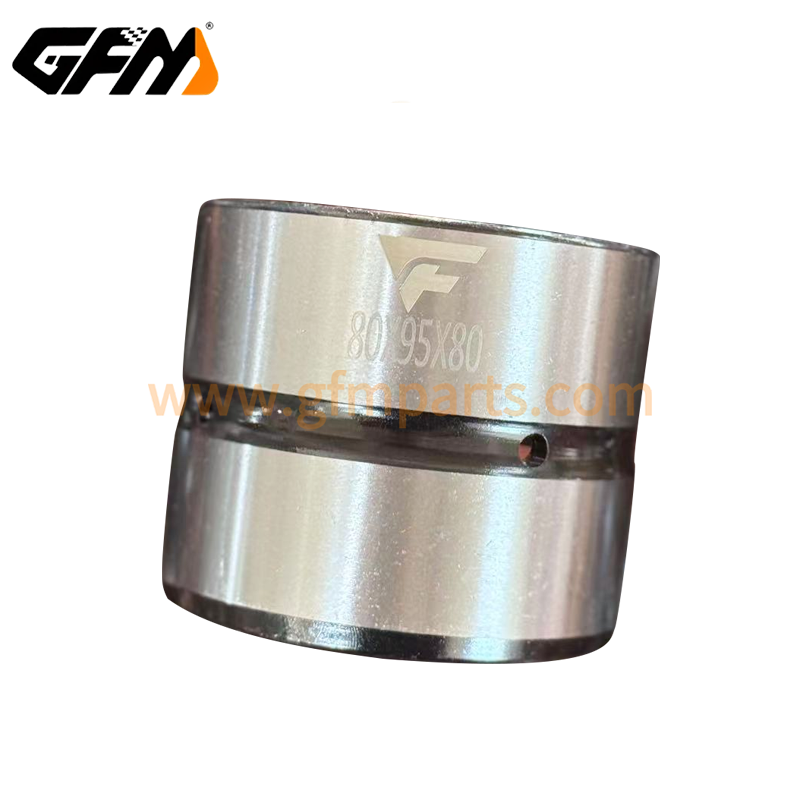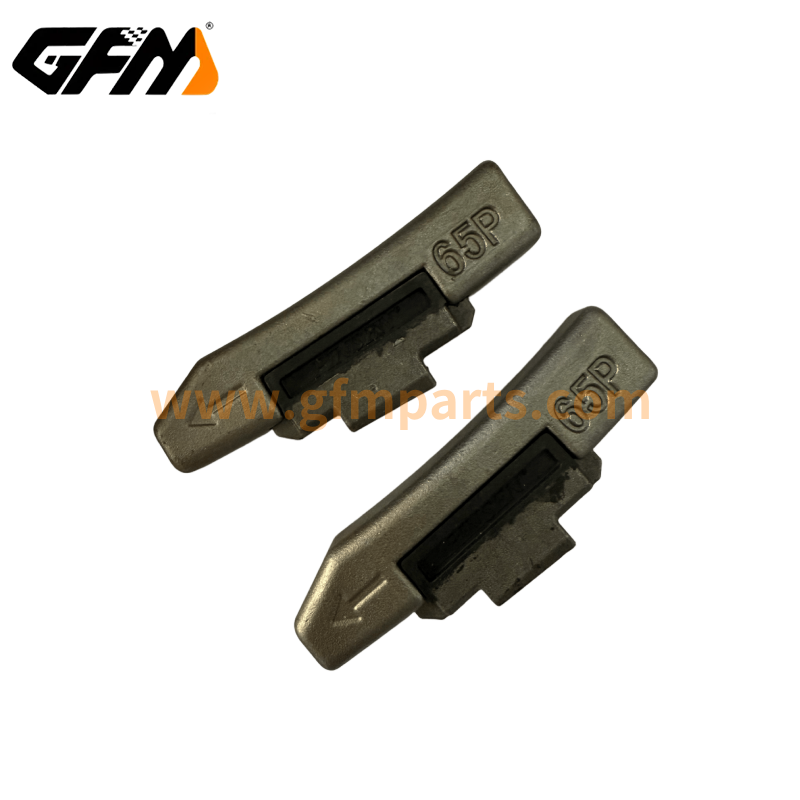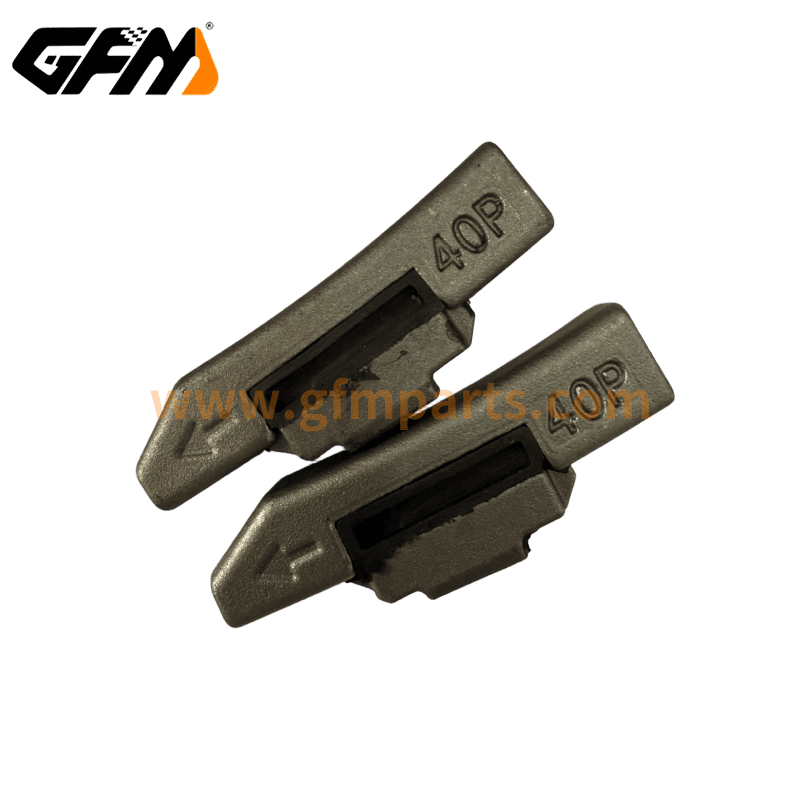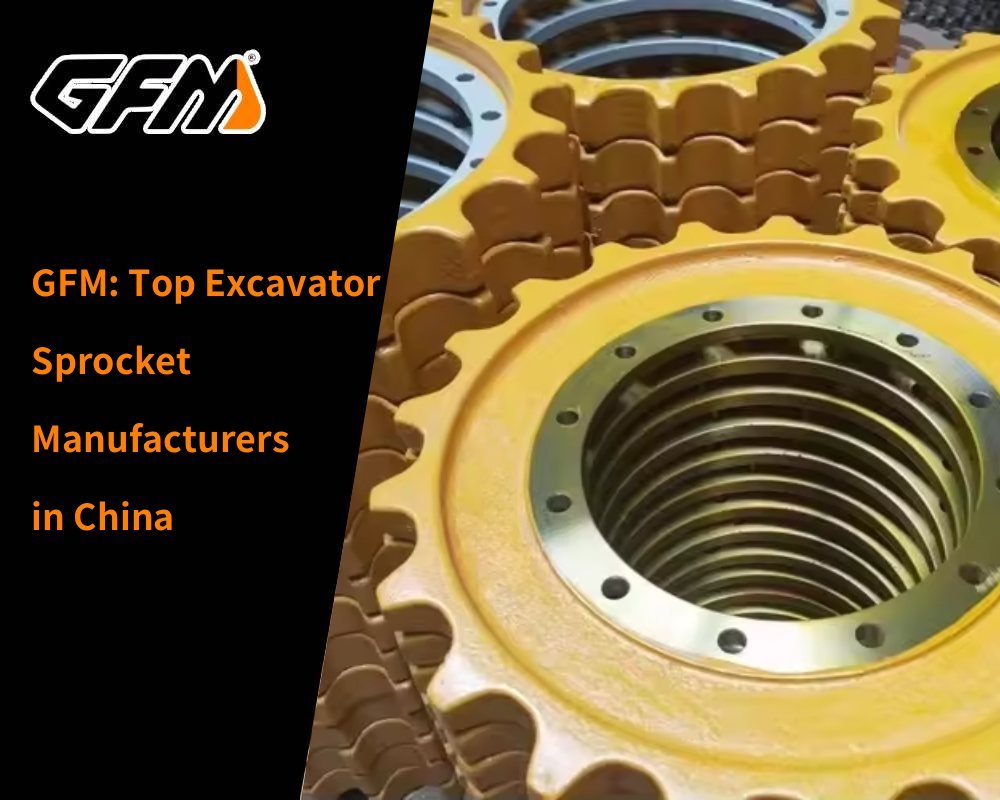Table of contents
As a key equipment in construction machinery, the safe operation of bulldozer is directly related to construction safety and project progress. Authoritative research at home and abroad shows that comprehensive and accurate safety inspection before operation can reduce the equipment failure rate by about 25%, while reducing the risk of accidents caused by equipment abnormalities. For example, according to data released by the American Society of Mechanical Engineers (ASME), through high-standard maintenance and inspection, the long-term operating efficiency of bulldozers can be improved by 15%-20%.
Importance:
- Safety first: A comprehensive inspection before operation can effectively avoid the risk of accidents caused by equipment failure.
- Improve efficiency: Cleaning and inspection can ensure that the equipment is in good condition, thereby improving construction efficiency.
- Save costs: Preventive maintenance can reduce equipment downtime and maintenance costs.
Technical practice suggestions:
- It is recommended that enterprises develop a standardized inspection process covering multi-stage inspections before startup, during operation and after shutdown.
- Establish an electronic data recording system to archive the results of each inspection and use data analysis to predict potential equipment failures.
Regular cleaning and preventive maintenance of undercarriage
Dozer undercarriage parts is the most significantly affected part of the bulldozer by sand, corrosion and oil, and its long-term operating status directly determines the stability of the equipment operation. In addition, the cleanliness of the chassis directly affects the hydraulic system, transmission system and mechanical life. According to industry statistics, if the chassis components are not cleaned in time after every 500 hours of operation, the failure rate will increase by more than 12%. To this end, it is critical to develop a detailed cleaning and recording plan in accordance with the “preventive maintenance” requirements in ISO 9001.
Develop a periodic cleaning plan
- Perform preliminary cleaning every day or after each work shift, and conduct a comprehensive inspection every 250 hours.
- Use a high-pressure water gun (pressure recommended at 80-120 bar) and environmentally friendly detergents to effectively remove sand and oil, ensuring that the metal surface is not damaged.
Cleaning of key parts
- Special attention should be paid to the chassis suspension system, hydraulic pipelines, drive shafts and air inlets.
- Use thermal imaging equipment to detect abnormally high temperature areas to verify whether there is local wear or blockage of parts after cleaning.
Data Recording and Management
- It is recommended to use professional maintenance management software to record detailed data of each cleaning, inspection and maintenance, and establish equipment files.
- Data shows: The monthly statistics of the rate of chassis abnormalities are used as an important basis for preventive maintenance to ensure that industry maintenance standards are met.
Professional tool recommendations
- Industrial-grade high-pressure water guns, metal flaw detectors, environmentally friendly detergents and compressed air cleaning equipment.
- Combined with sensor data and high-definition cameras, the cleaning effect is monitored in real time to ensure that there are no omissions during the cleaning process.
By adopting advanced technology and scientific detection methods, not only can the cleanliness of the bulldozer chassis be guaranteed, but it can also help extend the life of the equipment and reduce the failure rate, thereby achieving the goal of reducing maintenance costs and improving equipment reliability.
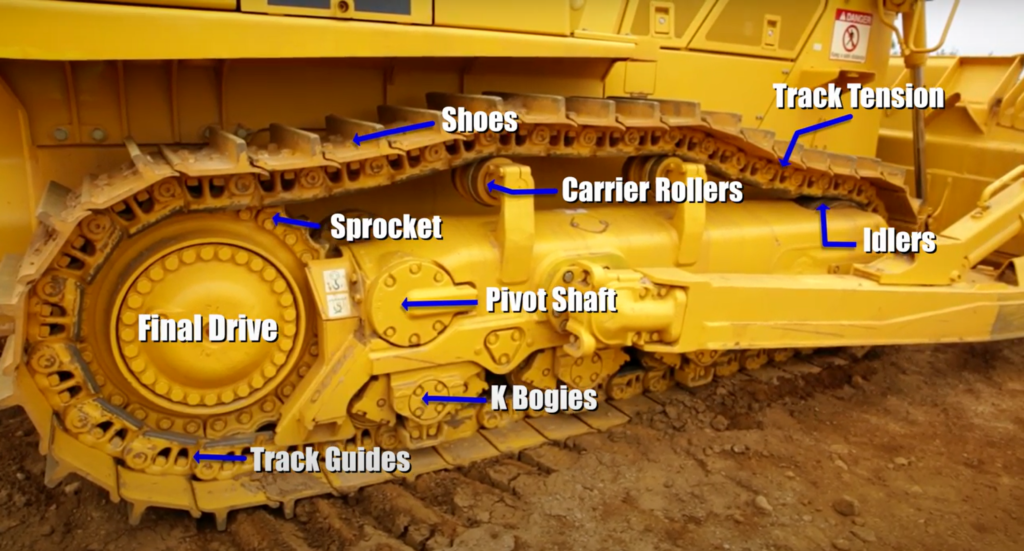
Application of three-point contact inspection method in engineering safety
“Three-point contact” is not only an important inspection method before the bulldozer is started, but also a core technology in engineering safety management. This method requires that before each start of the bulldozer, at least three support points (such as the front dozer, rear support arm and side pulley) must be in stable contact, so as to ensure that the equipment can start safely even under uneven or wet ground conditions. According to the research of the Heavy Equipment Engineers Association (HESA) of the United States, the use of three-point contact detection before operation can reduce the risk of unstable start by about 18%.
Detection method and specific steps
- Identify key contact points:
- The front dozer, rear support arm and side support device must maintain good contact with the ground to ensure that the three points are evenly stressed.
- Ground condition detection:
- Use a level and a portable ground roughness detector to conduct a preliminary inspection of the work area.
- Data requirements: Ground slope ≤5°, flatness index reaches more than 90%.
- Professional instrument assistance:
- With the help of a laser rangefinder, the relative position between the three contact points is accurately measured to ensure geometric stability.
- Apply an intelligent detection system to compare real-time sensor data and automatically generate a stability report.
Tool and data integration
- It is recommended to use laser rangefinders, level meters and intelligent sensor systems to ensure the accuracy and real-time nature of the detection data.
- After each test, a standardized report is generated and uploaded to the central data platform for remote analysis and scheduling by experts.
By combining professional instruments and strict engineering standards, the three-point contact detection method can greatly improve the safety factor before the bulldozer is started, reduce unnecessary structural risks, and ensure stability and reliability during operation.
Transmission fluid monitoring and measurement method
As an important part of the transmission system, the oil state of the bulldozer’s transmission directly affects the equipment’s operating efficiency and life. According to authoritative data, a decrease in oil quality or insufficient oil level can reduce the equipment’s transmission efficiency by 10% to 15%, and long-term use may even lead to major mechanical failures. Therefore, accurate detection of transmission fluid is crucial. Professional testing recommends oil testing in two different states (hot idle and cold stop) to obtain the most accurate data.
Detection method
- Hot idle inspection method:
- When the equipment is in hot idle state (usually after working for about 60 minutes continuously), stop and wait for 5 to 10 minutes, then use a high-precision dipstick to measure the oil level.
Recommended instrument: digital oil level detector, error control within ±2%.
- When the equipment is in hot idle state (usually after working for about 60 minutes continuously), stop and wait for 5 to 10 minutes, then use a high-precision dipstick to measure the oil level.
- Cold stop inspection method:
- When the equipment is completely stopped, wait for the temperature to return to room temperature (usually wait for more than 30 minutes), and then measure the oil level again.
Data requirements: The hot idle and cold stop data should be consistent. If there is a fluctuation of ≥5%, the cause should be found.
- When the equipment is completely stopped, wait for the temperature to return to room temperature (usually wait for more than 30 minutes), and then measure the oil level again.
- Oil quality detection:
- In addition to the oil level, the viscosity, water content and impurity content can be detected by a portable oil analyzer.
It is recommended to compare the test results with the manufacturer’s standards to ensure that the oil quality meets the relevant standards of ISO 6806.
- In addition to the oil level, the viscosity, water content and impurity content can be detected by a portable oil analyzer.
Record and data management
- Import the test data into a professional maintenance management system to form continuous monitoring data.
- Generate reports regularly, compare historical data with industry benchmarks, and formulate targeted maintenance strategies.
- It is recommended to regularly train maintenance personnel to master the latest oil testing instrument operation methods and data interpretation technology to ensure that the test results are authoritative and accurate.
Through precise testing and data comparison, abnormal oil problems can be discovered in time, providing scientific preventive maintenance data support for the equipment, ensuring that the bulldozer can still maintain optimal performance under high-intensity working conditions.
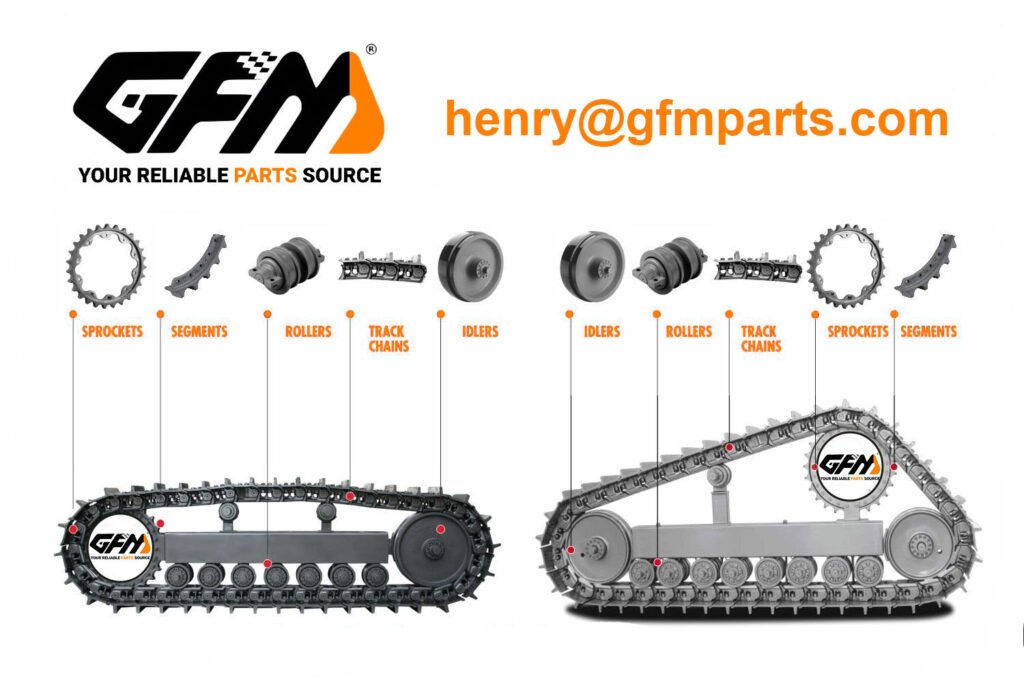
Check D.E.F. fluid level and operation guide
Modern bulldozers are becoming more and more intelligent, and many high-end equipment are equipped with LCD monitors and intelligent monitoring systems. These systems not only display various key operating indicators in real time, including D.E.F. (diesel exhaust fluid) levels, but also automatically verify the “adequacy” of the operating guide. By comparing monitoring data with actual test results, the accuracy of equipment management can be greatly improved.
Monitoring system application
- Real-time data acquisition:
- The intelligent monitoring system collects oil temperature, pressure, oil level and other data in real time through multiple sets of sensors.
- Data requirements: The real-time error of the monitoring system data is controlled at ±1% to ensure that the operator obtains accurate indicators.
- D.E.F. liquid detection:
- The system automatically monitors the D.E.F. liquid level and compares the data with the equipment factory standard.
- Recommended configuration: automatic alarm function, triggering an immediate warning when the liquid level is lower than the standard (generally 80% of the equipment’s specified liquid level).
- Operation guide data verification:
- The system has preset standard operation guidelines for equipment operation, including temperature, liquid level, and oil pressure indicators. When the actual parameters deviate from the preset range, the system will automatically record abnormal data and recommend maintenance.
- Through data comparison, the accuracy of “sufficient” detection is improved and the human error rate is reduced.
Operation and training suggestions
- Operators need to undergo regular system training, familiarize themselves with the monitoring interface and warning settings, and ensure that they can correctly interpret the data and take corresponding measures.
- It is recommended to install a professional central data management platform to facilitate real-time data aggregation and expert online monitoring at each construction site.
Through the comprehensive application of the intelligent monitoring system, not only can the accuracy of D.E.F. fluid level monitoring be improved, but also the operator can be assisted to judge whether the equipment meets the requirements of various operating guidelines, greatly reducing the risk caused by human negligence.
Full-cycle operation monitoring and preventive maintenance
The safe operation of the bulldozer is inseparable from full-cycle monitoring and preventive maintenance, which constitutes a complete closed-loop management system from pre-startup inspection, detection during operation to review after shutdown. Practice in the industry has proved that timely preventive maintenance can reduce the equipment failure rate by 20%~30% and significantly improve overall work efficiency.
Full-cycle monitoring suggestions
- Comprehensive inspection before starting:
- Confirm that all indicator lights on the dashboard are normal; comprehensively check the transmission oil, hydraulic oil, coolant and other key fluid levels.
- Standardized checklists must be used, and each indicator is compared with the data provided by the manufacturer.
- 15-minute review during operation:
- 15 minutes after the equipment is started, use the intelligent monitoring system installed in the cab to observe the changes in oil temperature, oil pressure and fluid level data in real time.
- Pay special attention to mechanical vibration and abnormal noise, and provide real-time feedback through high-precision sensors; if there is any abnormality, conduct on-site inspection and record immediately.
- Comprehensive review after shutdown:
- When the equipment enters the idle or shutdown state, use a handheld detection instrument to check all liquid level data again.
It is recommended to establish a multiple detection mechanism to integrate hot and cold data to ensure data consistency and stable equipment status.
- When the equipment enters the idle or shutdown state, use a handheld detection instrument to check all liquid level data again.
- Data recording and analysis:
- Use an electronic log recording system to centrally manage daily and shift inspection data to form an equipment health file.
Regularly use data analysis software to analyze the trend of inspection data, predict potential failures, and formulate maintenance plans in advance.
- Use an electronic log recording system to centrally manage daily and shift inspection data to form an equipment health file.
Preventive maintenance strategy
- Develop a maintenance plan with daily, weekly, monthly, and annual levels to ensure that there are corresponding inspections and maintenance at each time node.
- Combine big data and machine learning technology to predict and analyze equipment operation data and formulate data-based maintenance and replacement plans.
- Regularly invite equipment manufacturers or professional third-party testing agencies to conduct special inspections to ensure that all data meets international standards.
Tools and equipment
- Electronic data recording system, portable handheld oil analyzer, intelligent sensor, data analysis software and central data management platform.
- Professional maintenance team and regular training mechanism ensure that every staff member can operate these detection tools and report abnormal situations in time.
Through full-cycle monitoring and preventive maintenance, closed-loop management can be achieved from before equipment startup to after shutdown, making full use of big data analysis to provide all-round guarantee for the safe operation of equipment, and at the same time, by continuously improving maintenance strategies, improving the overall efficiency of equipment and engineering production efficiency.
| Get a quick free quote | Email: henry@gfmparts.com | Whatsapp: +86 17705953659 |
By adopting advanced testing instruments, professional data recording and preventive maintenance strategies, the risk of equipment failure can be effectively reduced, the safety and efficiency of operations can be improved, and the service life of equipment can be extended. ,
Professional advice:
- Establish a standardized inspection process and electronic data recording system.
- Use laser rangefinders, digital oil level detectors, high-definition sensors and portable oil analyzers for full-process monitoring.
- Regularly train operators to ensure that every staff member can operate the detection tools proficiently, interpret data in time and perform preventive maintenance.
GFM excavator parts manufacturer aims to provide relevant project managers with a set of scientific and operational bulldozer pre-operation inspection guidelines to achieve safe, reliable and efficient operation of the equipment. We hope to help you optimize equipment management in engineering projects, ensure the smooth progress of the project, and contribute to the improvement of industry technical standards.


